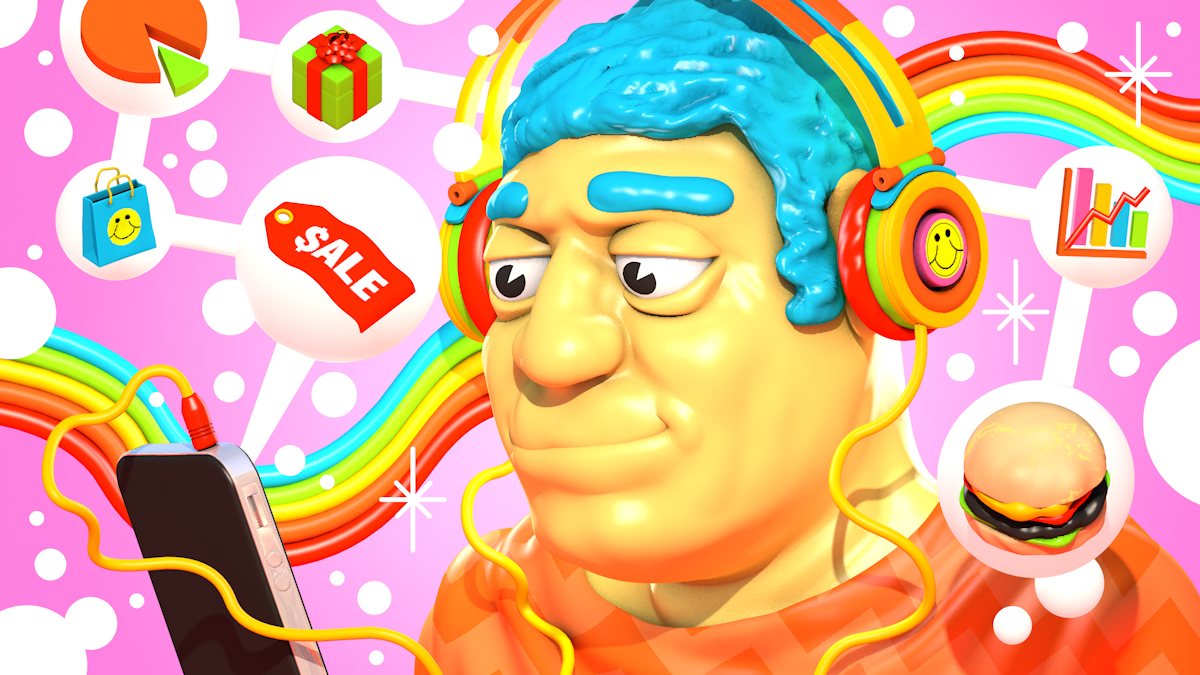Does anyone go for a run, hop on the train or cook dinner anymore without queuing up Marc Maron’s ‘WTF’ or their favorite Spotify playlist or Pandora station? I’m literally listening to Spotify right now while I type.
We’re in the middle of a new golden age of audio—only better, because today we choose exactly what we listen to. Pandora has over 80 million active listeners in the U.S. alone, while Spotify is expected to cross 100 million active listeners globally this quarter. Apple Music and iHeart Radio also have substantial user bases. And of course, there’s a podcast for everything.
Amazing content, ultra-engaged audiences, massive distribution and 6.4 billion Internet-connected devices globally suggest a compelling future for audio advertising. Programmatic, especially, is in a prime position to deliver relevant messages to that global audience of active listeners—without killing the vibe.
Here’s why audio offers marketers huge potential in the context of programmatic.
As the world goes mobile, audio goes with it
Music, podcasts and audiobooks have become deeply integrated into our daily routine. A ritual that was once reserved for living room radios—and then car rides—has evolved into something that can be taken with us anywhere. Because digital audio accompanies us on our daily routines, there is richness to the data that far exceeds other channels.
Think about the type of music you listen to while exercising versus commuting versus working. A person’s mood and level of engagement at those exact moments drive audio’s context for marketers. The nuanced differences in music genre, timing of when it is played and where it is played can all be used to inform the right advertising opportunities.
A plethora of data is required to understand consumer audio habits and to make the right inferences about them. Tailoring the perfect marketing message to a consumer’s daily routine isn’t easy—ruin the musical mood at your own peril. But when done right, contextual and relevant messaging can be extremely powerful through audio.
For instance, if you’re listening to an oldies station in the evening at home and you haven’t skipped many songs, perhaps you’re cooking or settling in for dinner with the family. Food brand marketers could use that information to advertise a recipe using their product. This type of immersive targeting through audio takes the more common contextual targeting one step further by matching it to a consumer’s daily habits.
Audio is primed for programmatic intelligence
In addition to its rich data, audio appears to be preordained for a seamless transition to programmatic. From a technical standpoint, the real-time bidding process works exactly the same. In fact, the IAB added new digital audio content up for review in its OpenRTB 2.4 specifications—speaking to the standardization of engagement with programmatic audio buyers and sellers. On the creative side, supplying these audio ad formats would be an easy addition. Most brands already have audio content or can repurpose video ads with audio voiceover.
Lastly, as programmatic has proven across many other marketing channels, it can add operational efficiency that is currently lacking in the audio space. For example, programmatic buying of audio ads provides a greater audience across a variety of audio services—music streaming, audio social networks and podcasts—as opposed to each service individually.
In the last decade, digital has become the new traditional form of consumed media across the board, and audio is no exception. With the caliber of content that continues to be produced, radio is re-emerging as a dominant force. The mobility factor of digital audio, coupled with the ability to curate and carry your audio experience with you throughout the day, have breathed new life into the medium.
The power and efficiency of programmatic now has our sights set on the platinum age of audio on the horizon. And we are eagerly listening for that future.








